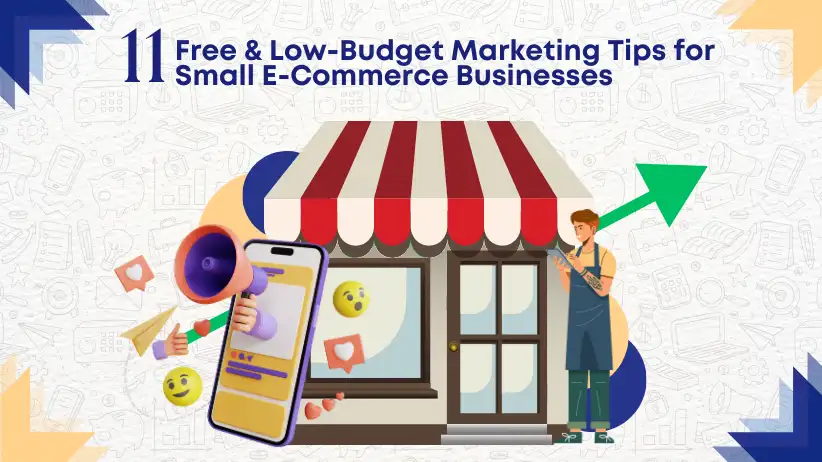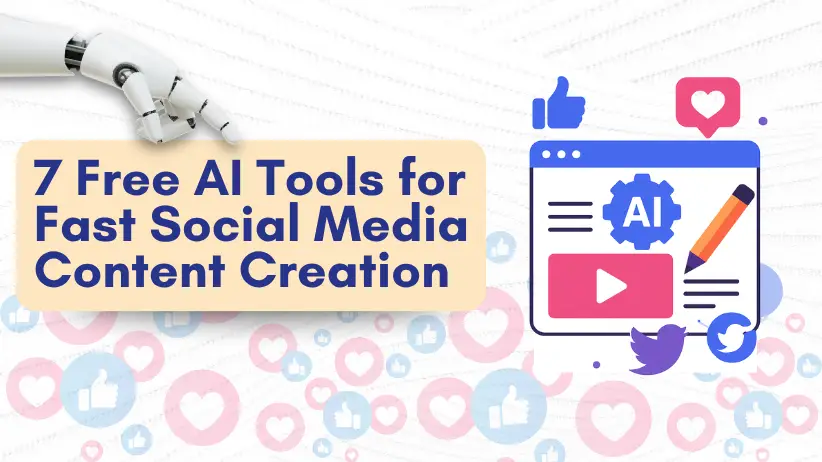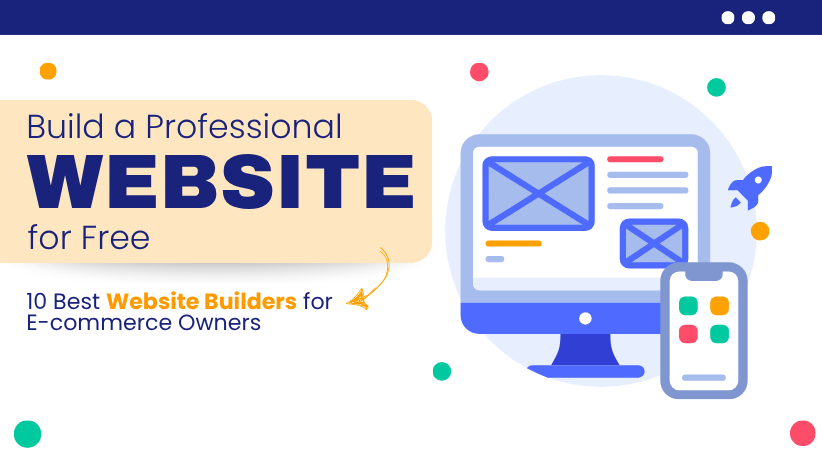The good news is that there are numerous free and low-cost marketing strategies that can drive traffic, increase brand visibility, and boost sales without requiring a hefty budget. In fact, studies show that organic marketing strategies, such as SEO and social media engagement, can generate up to 10 times more traffic compared to paid ads in the long run. Additionally, 65% of small businesses report that word-of-mouth and referral marketing are their most effective sources of new customers.
This article explores 11 effective e-commerce marketing strategies that small businesses can implement without significant financial investment. Each strategy is designed to help maximize organic reach, build customer trust, and enhance brand awareness while keeping costs minimal. Whether you’re just starting or looking to optimize your existing marketing efforts, these strategies can help you grow sustainably and compete effectively in the digital marketplace.
Table of Contents
- Optimize Your Website for SEO
- Benefits of SEO
- How to Implement SEO for Your E-Commerce Store
- Leverage Social Media for Free Promotion
- Key Social Media Strategies
- Start a Referral Program
- Benefits of a Referral Program
- How to Set Up a Referral Program
- Work With Nano- and Micro-Influencers
- Why Choose Nano- and Micro-Influencers?
- How to Find and Collaborate with Influencers
- Use WhatsApp & Telegram for Direct Marketing
- Benefits of Direct Messaging for Marketing
- How to Use WhatsApp and Telegram for Marketing
- Sell on Free E-Commerce Marketplaces
- Best Free E-Commerce Marketplaces in India
- Why Sell on Marketplaces?
- Encourage User-Generated Content (UGC)
- What is UGC and Why is it Important?
- How to Get More UGC
- Build an Email List & Automate Marketing
- How to Grow an Email List
- Why Automate Email Marketing?
- Run Limited-Time Discounts & Flash Sales
- How to Run a Successful Flash Sale
- Why Flash Sales Work
- Engage in Online Communities & Forums
- Where to Engage
- How This Helps Your Business
- Cross-Promote With Other Small Businesses
- How to Cross-Promote Effectively
1. Optimize Your Website for SEO (Search Engine Optimization)
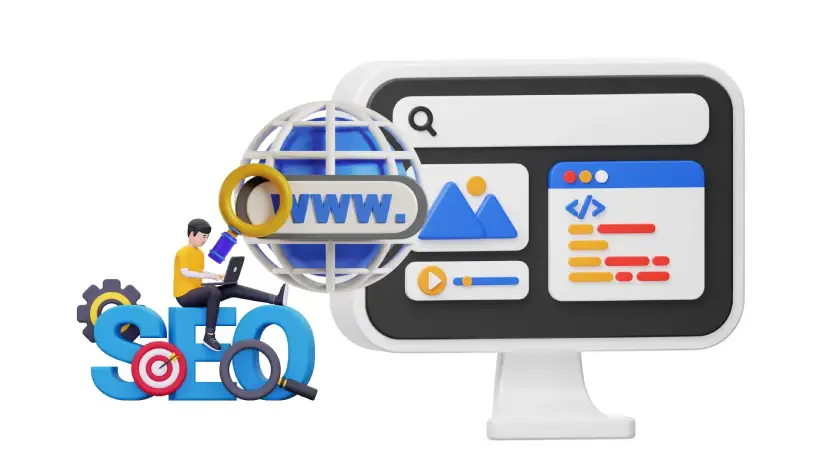
SEO for e-commerce is a powerful long-term marketing strategy that helps businesses attract organic traffic from search engines like Google. When you leverage SEO for your e-commerce website, potential customers can find your products without you having to spend on paid ads.
1.1 Benefits of SEO:
- Sustainable Traffic: Unlike paid ads, SEO-driven traffic continues without recurring costs.
- Higher Credibility: Websites that rank high in search results are perceived as more trustworthy.
- Better User Experience: SEO involves optimising website structure, speed, and content, leading to improved navigation and customer experience.
1.2 How to Implement SEO for Your E-Commerce Store:
- Conduct keyword research to identify terms your target audience is searching for.
- Optimise product descriptions, meta titles, headers, and alt text for search visibility.
- Improve site speed and mobile responsiveness to enhance user experience.
- Regularly update content and create blog posts on industry-related topics to attract organic visitors.
A well-optimized website ensures your business gets discovered by potential customers who are actively looking for your products.
2. Leverage Social Media for Free Promotion
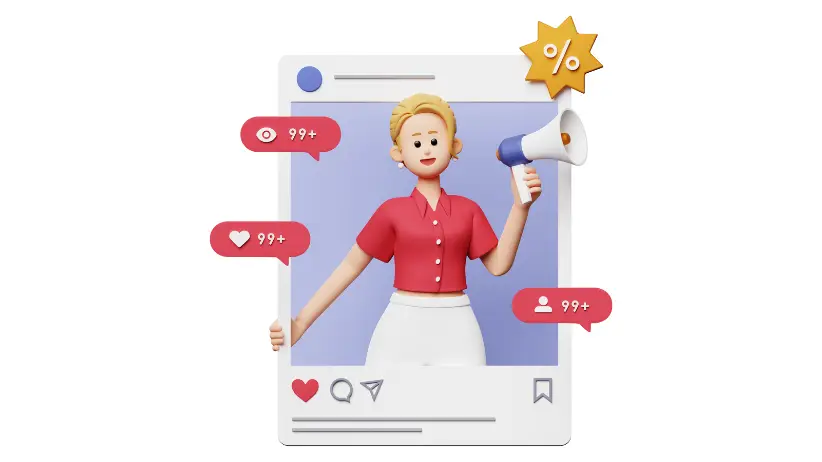
Social media platforms provide a cost-effective way for businesses to connect with their audience, increase brand awareness, and drive traffic to their online stores. Unlike traditional advertising, social media marketing allows businesses to engage directly with potential customers and create a loyal community.
Key Social Media Strategies:
- Content Creation: Share high-quality images, videos, and infographics that showcase your products and brand personality.
- Community Engagement: Actively respond to comments, messages, and mentions to build customer relationships.
- Hashtags and Trends: Utilize industry-specific hashtags and participate in viral challenges to increase reach.
- Cross-Promotion: Collaborate with complementary brands and share each other’s content to expand audiences.
Consistently posting valuable and engaging content on social media can help small businesses grow their customer base organically.
3. Start a Referral Program
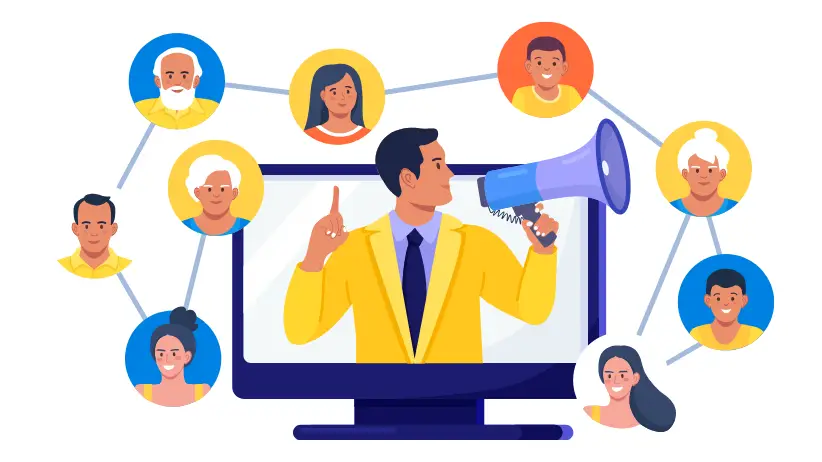
A referral program is a low-cost marketing strategy that incentivizes existing customers to bring in new buyers. When people recommend products to their friends and family, it increases trust and drives sales without direct advertising expenses.
3.1 Benefits of a Referral Program:
- Increases Customer Acquisition: New customers are more likely to trust recommendations from friends.
- Encourages Customer Loyalty: Existing customers feel rewarded for promoting the brand.
- Cost-Effective Growth: Unlike paid advertising, referral programs operate on performance-based incentives.
3.2 How to Set Up a Referral Program:
- Offer incentives such as discounts, store credits, or exclusive products for successful referrals.
- Use free tools like ReferralCandy or Yotpo to automate tracking and rewards.
- Promote the program through email, social media, and on-site banners to encourage participation.
Referral programs turn satisfied customers into brand advocates, helping businesses grow through word-of-mouth marketing.
4. Work With Nano- and Micro-Influencers
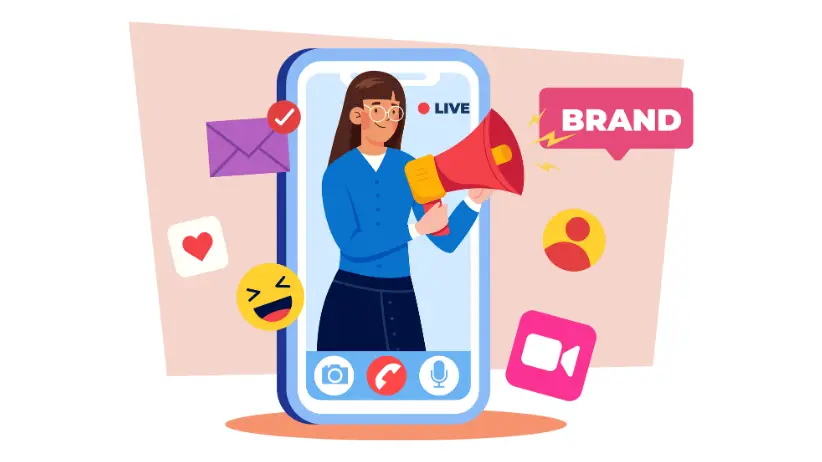
Influencer marketing is an effective way to build brand credibility and reach a targeted audience. However, instead of collaborating with expensive macro-influencers, small businesses can benefit from working with nano-influencers (1K–10K followers) and micro-influencers (10K–50K followers).
4.1 Why Choose Nano- and Micro-Influencers?
- Higher Engagement Rates: Smaller influencers tend to have a more engaged and loyal audience.
- Lower Costs: Many are willing to promote brands in exchange for free products or small fees.
- Authenticity: Their content feels more genuine, making their recommendations more impactful.
4.2 How to Find and Collaborate with Influencers:
- Search for influencers in your niche on platforms like Instagram, TikTok, and YouTube.
- Offer them free samples in exchange for product reviews or social media posts.
- Build long-term relationships rather than focusing on one-time promotions.
By leveraging micro-influencers, small businesses can gain valuable exposure at a fraction of the cost of traditional advertising.
5. Use WhatsApp & Telegram for Direct Marketing
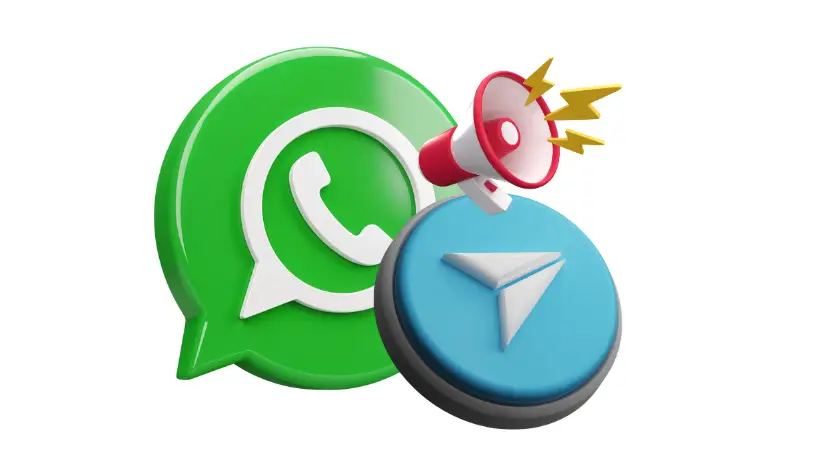
WhatsApp and Telegram provide direct communication channels that allow businesses to engage with customers in real-time. These platforms are highly effective for sending personalized updates, promotional offers, and customer support messages without spending on advertising.
5.1 Benefits of Direct Messaging for Marketing:
- High Open Rates: Messages sent via WhatsApp and Telegram have significantly higher open rates than emails.
- Personalized Interaction: Allows for direct and meaningful conversations with customers.
- Cost-Effective: No additional costs apart from internet usage.
5.2 How to Use WhatsApp and Telegram for Marketing:
- Create a WhatsApp Business account with automated replies and catalog features.
- Send exclusive offers, product updates, and order notifications to subscribed customers.
- Build a Telegram community where customers can receive early access to sales and new arrivals.
By utilizing messaging platforms, businesses can enhance customer engagement and drive more conversions.
6. Sell on Free E-Commerce Marketplaces
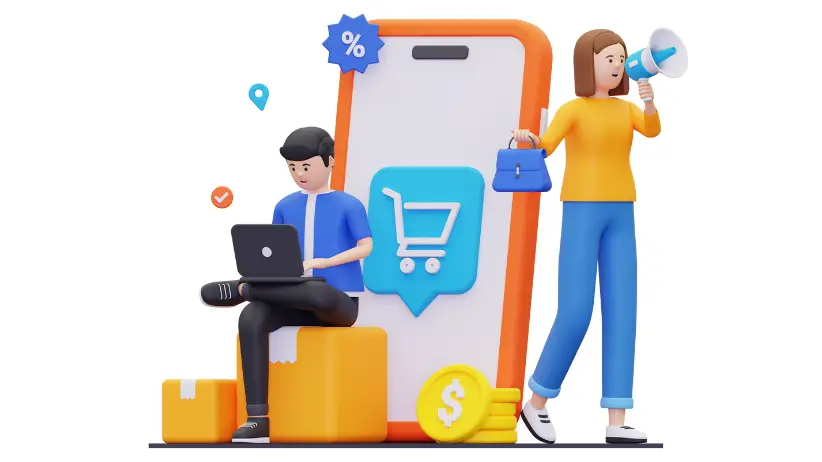
If you’re just starting an online business, you don’t need to invest in a website right away. Instead, you can sell your products on free e-commerce marketplaces—platforms that allow you to list and sell items without paying upfront fees.
6.1 What Are Free E-Commerce Marketplaces?
These are online platforms where buyers and sellers connect. Think of them as big online shopping malls where different businesses can set up their virtual shops for free. You list your products, and when a customer places an order, the platform helps process the transaction.
6.2 Best Free E-Commerce Marketplaces in India:
- Meesho – Ideal for small sellers, resellers, and those selling fashion, home essentials, and personal care products. It’s beginner-friendly and doesn’t require GST registration for some products.
- Facebook Marketplace – Allows you to sell directly to people in your local area or across the country. It has no listing fees, and you can reach a large audience.
- Etsy – Best for selling handmade, vintage, or unique craft products. While listing is free, Etsy charges a small commission when you make a sale.
6.3 Why Sell on Marketplaces?
- More Customers: Millions of people visit these platforms daily, increasing your chances of making sales.
- No Upfront Costs: Unlike setting up your own website, many marketplaces let you list products for free. You only pay a commission when you sell something.
- Trust & Credibility: Customers are more likely to buy from well-known platforms than from a brand they don’t know.
By using multiple marketplaces, you can reach more buyers, test what sells best, and grow your business without big investments.
7. Encourage User-Generated Content (UGC)
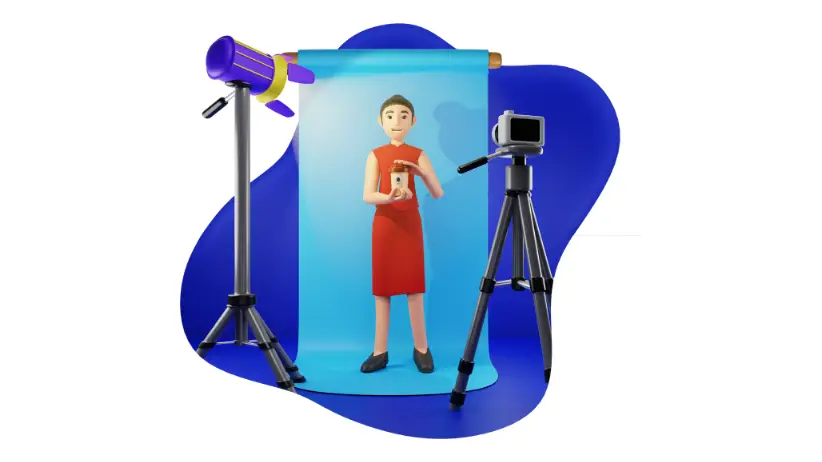
User-Generated Content (UGC) refers to photos, reviews, and testimonials shared by your customers. When people see real customers using and loving your products, they are more likely to trust your brand and make a purchase.
7.1 What is UGC and Why is it Important?
UGC is any content—such as photos, videos, or written reviews—created by your customers instead of your brand. It acts as social proof, meaning that potential buyers feel more confident when they see others enjoying your products.
7.2 How to Get More UGC:
- Ask Customers to Share Photos & Reviews – Encourage buyers to post pictures of your product in use. You can offer small incentives like discounts or shoutouts on social media.
- Feature Customer Content – Showcase their reviews, images, and testimonials on your website and social media. This makes existing customers feel valued and builds trust with new buyers.
- Create a Branded Hashtag – A unique hashtag makes it easy for customers to tag your brand when sharing their experiences, helping you collect and showcase UGC effortlessly.
By using UGC, you build authenticity, engage your customers, and make your brand more relatable.
8. Build an Email List & Automate Marketing
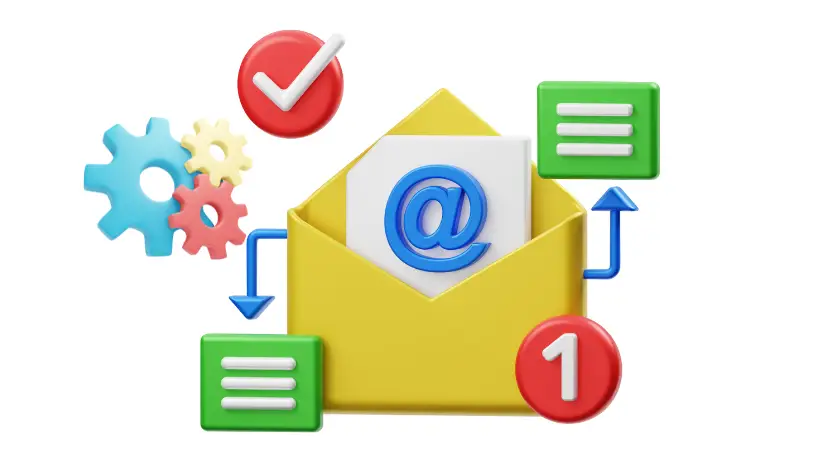
Email marketing is one of the most affordable and effective ways to connect with potential and existing customers. With the right strategy, you can turn email subscribers into loyal buyers.
8.1 How to Grow an Email List:
- Offer a Discount or Freebie – Give customers an incentive, like a small discount or a free guide, in exchange for their email.
- Use Pop-Ups or Signup Forms – Add easy-to-fill email signup forms on your website, especially on the homepage and checkout page.
- Send Personalized Offers – Regularly share exclusive discounts, new product updates, and helpful content to keep subscribers engaged.
8.2 Why Automate Email Marketing?
Email automation saves time and ensures consistent communication with customers. Automated emails can:
- Nurture Leads – Send welcome emails and product recommendations to new subscribers.
- Recover Abandoned Carts – Remind customers about products they left in their cart.
- Drive Repeat Purchases – Send exclusive deals and loyalty rewards to past buyers.
By building and automating an email list, you can increase sales, improve customer retention, and keep your brand top-of-mind.
9. Run Limited-Time Discounts & Flash Sales
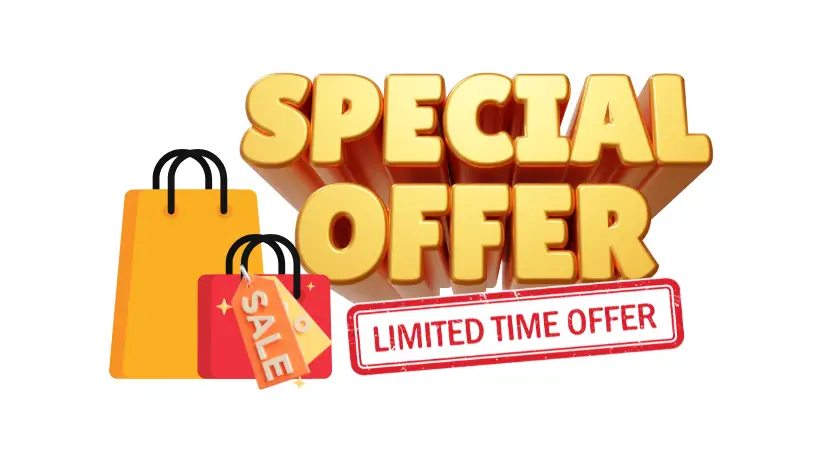
Offering time-sensitive discounts can encourage customers to buy immediately instead of waiting. Flash sales create urgency, which can lead to a surge in sales within a short period.
9.1 How to Run a Successful Flash Sale:
- Announce the Sale Everywhere – Promote it through social media, email, and WhatsApp to reach as many customers as possible.
- Use a Countdown Timer – Display a timer on your website to remind visitors that the deal is ending soon.
- Reward Your Loyal Customers – Give early access or exclusive discounts to email subscribers and VIP customers.
9.2 Why Flash Sales Work:
- Customers fear missing out, so they buy quickly.
- They help clear out inventory and boost revenue in a short time.
- They attract new buyers who may return for future purchases.
Running limited-time offers strategically can increase engagement, drive sales, and grow your customer base.
10. Engage in Online Communities & Forums
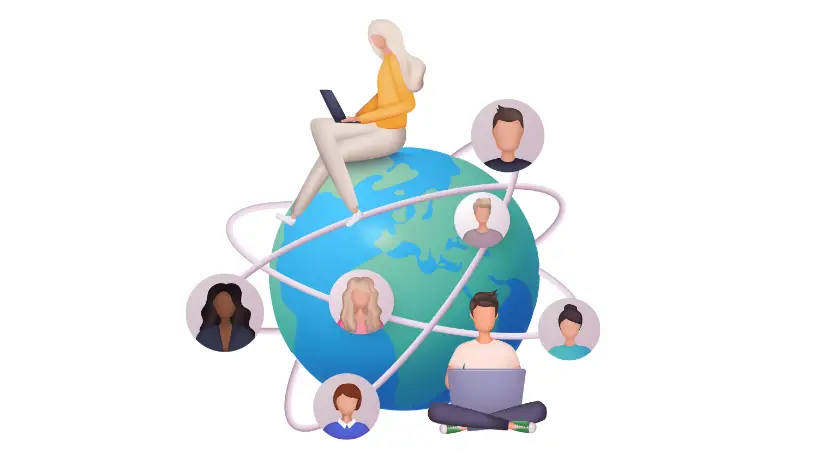
Joining online discussions in your industry can help you connect with potential customers and establish your brand’s credibility. By actively participating in these communities, you can attract organic traffic to your store.
10.1 Where to Engage:
- Facebook Groups – Join niche-specific groups where your target audience interacts.
- Reddit & Quora – Answer relevant questions and provide helpful insights related to your products or industry.
10.2 How This Helps Your Business:
- Builds trust and authority in your niche.
- Increases visibility among potential customers.
- Drives organic traffic to your store without paid ads.
By sharing valuable content and engaging in meaningful discussions, you can subtly promote your business while genuinely helping your audience.
11. Cross-Promote With Other Small Businesses
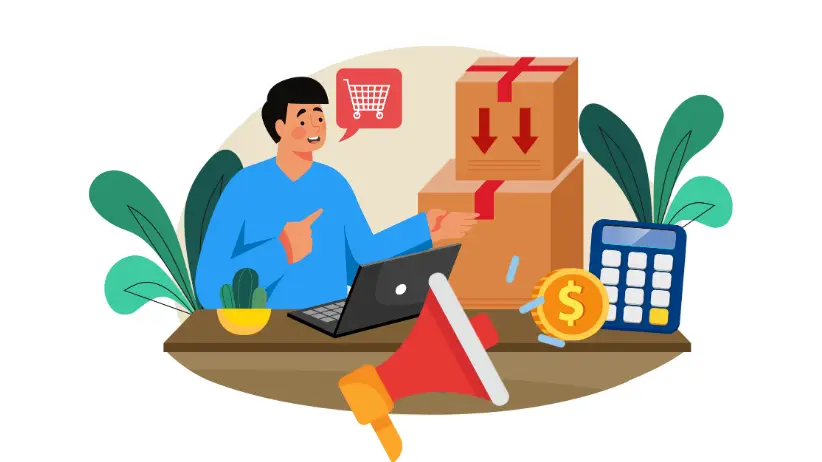
Collaborating with other brands can help both businesses grow by reaching a wider audience without extra costs. By working together, you can introduce your products to potential customers who already trust the brand you’re partnering with.
11.1 How to Cross-Promote Effectively:
- Run Joint Giveaways – Partner with brands that complement yours and create a giveaway to attract new customers.
- Feature Each Other in Newsletters & Social Media – Share each other’s products with your audience for increased exposure.
- Offer Bundle Deals – Create product bundles with another brand, offering a discount for customers who buy both.
Cross-promotion is a win-win strategy that helps businesses grow by leveraging each other’s customer base and boosting visibility.
Final Thoughts
Marketing for e-commerce business doesn’t always require a large marketing budget. By using free and cost-effective strategies, small businesses can increase brand visibility, attract more customers, and strengthen relationships with their audience. Platforms like social media, email marketing, and online marketplaces provide powerful tools to reach potential buyers without significant investment. Additionally, strategies such as user-generated content, community engagement, and cross-promotions help build trust and credibility.
The key to success is consistency—continuously applying these methods will create a strong foundation for long-term growth and a loyal customer base.
